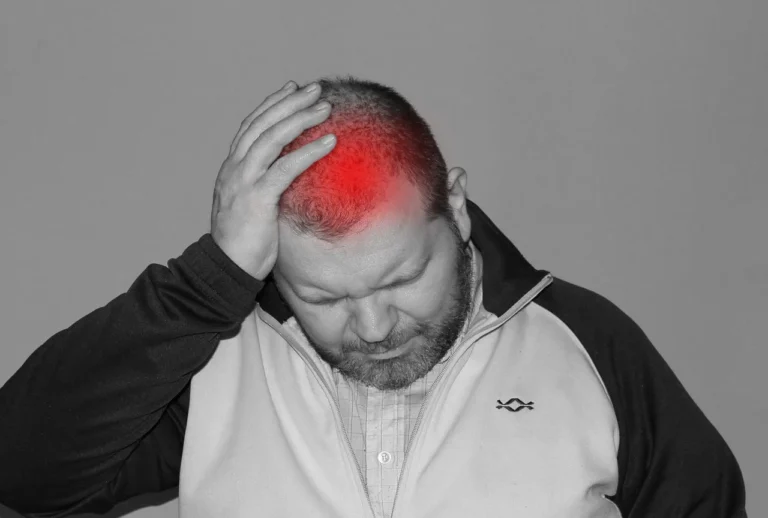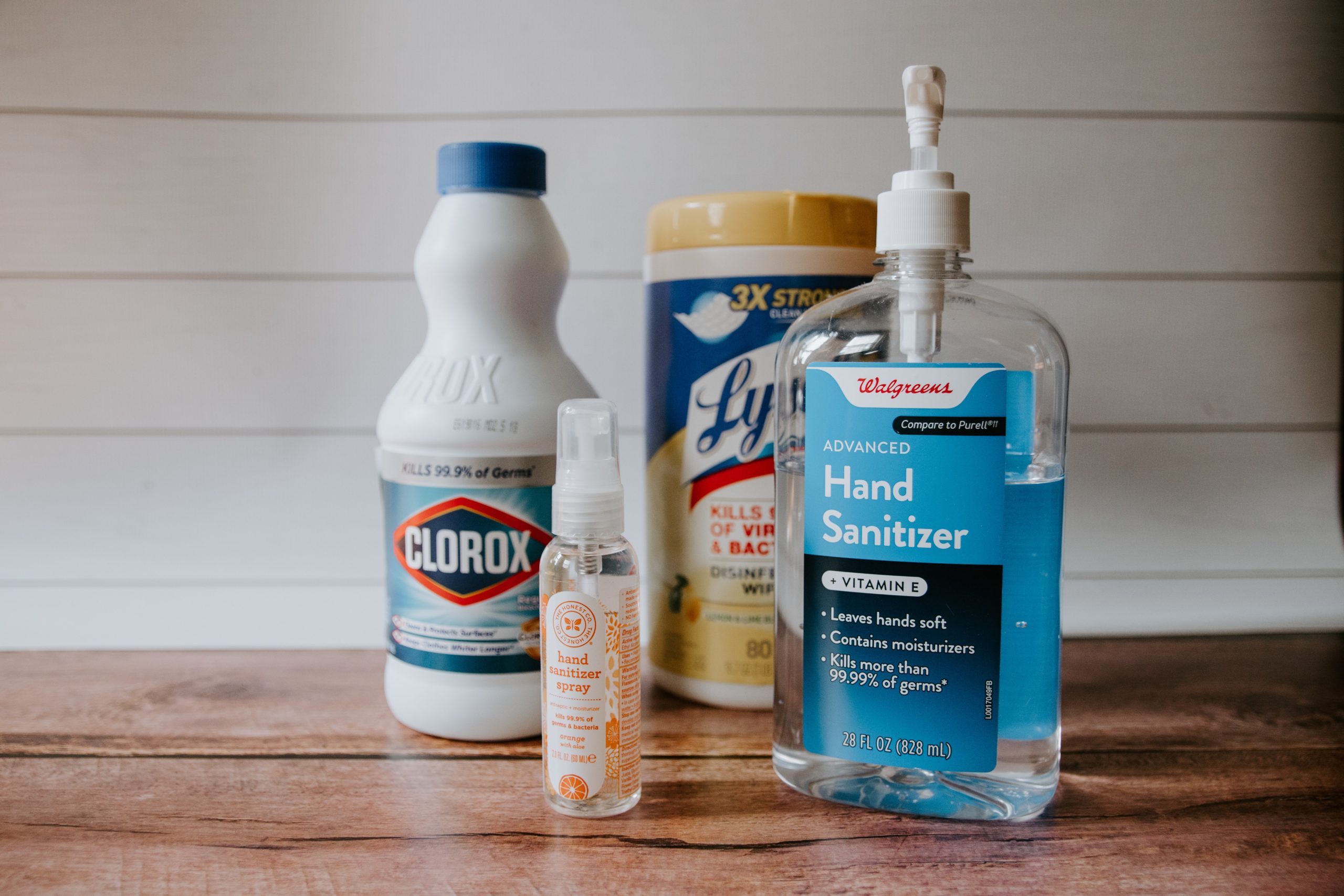Headache disorders—particularly migraines—rank among the most prevalent neurological conditions globally. The World Health Organization reports that nearly half of all adults have experienced a headache in the last year, with over 30% of them suffering from migraines.
Migraines typically manifest as intense and throbbing headaches—often accompanied by nausea, vomiting, and a heightened sensitivity to light—and can last from several hours to days. Those who experience these headaches frequently may consider various treatments, including BOTOX® injections.
In 2010, the US Food and Drug Administration approved the use of BOTOX® for migraines. As this method of pain management is relatively new, it is crucial for migraine sufferers to understand its mechanism, what they can expect during treatment, and be aware of any potential risks or side effects.
What is BOTOX®?
BOTOX® comes from botulinum toxin—a neurotoxin produced by botulism-causing bacteria. When delivered in small and precise doses, it can temporarily ease muscle contractions for around three months, making it a key option in chronic migraine headache treatment.
How does BOTOX® tackle migraine pain?
When injected near pain fibres involved in headaches, BOTOX® enters nerve endings and blocks chemicals that carry pain signals, effectively preventing pain pathways in the brain from activating. The benefits of BOTOX® for migraines become more apparent after two or three treatments, with patients typically seeing a significant drop in the number of headaches they experience.
Who can benefit from BOTOX® for migraines?
Adults over 18 with chronic migraines—meaning headaches on 15 or more days a month—can use BOTOX®. It’s not recommended for those with fewer headache days or for children and adolescents.
What should you expect during a BOTOX® treatment for migraine?
A standard BOTOX® treatment session for migraines is quick, about 20 minutes, and involves 31 injections across seven areas of the head and neck. The procedure uses a fine needle and targets shallow muscles under the skin.
What are the side effects of BOTOX® for migraines?
The most common side effect is a sore neck, which can be relieved with an ice pack. Other possible side effects include temporary weakness in the eyelids, neck, and shoulders, headaches, neck pain, flu-like symptoms, and muscle pain. To lessen side effects, avoid rubbing the injection areas for a day after the treatment.
Does insurance cover BOTOX® for migraines?
Most insurance plans (including Medicare and Medicaid) cover BOTOX® for chronic migraine. However, you usually need to try and fail to respond to two other preventative treatments (like anti-seizure medications or antidepressants) before insurance approves BOTOX®.
Am I a candidate for BOTOX® for migraines?
BOTOX® for migraines suits adults struggling with chronic migraine. It’s not suitable for those with less than 14 headache days a month or those allergic to certain botulinum products.
It’s crucial to discuss your overall health and any medications you’re taking with your doctor before considering BOTOX®. This is especially important if you have neuromuscular conditions like amyotrophic lateral sclerosis (ALS), myasthenia gravis, or Lambert-Eaton syndrome, as these can increase the risk of serious side effects, including difficulty swallowing or breathing.
Also, you should avoid BOTOX® injections if you’ve previously had allergic reactions to any botulinum products, such as Myobloc® (rimabotulinumtoxinB), Dysport® (abobotulinumtoxinA), or Xeomin® (incobotulinumtoxinA).


















